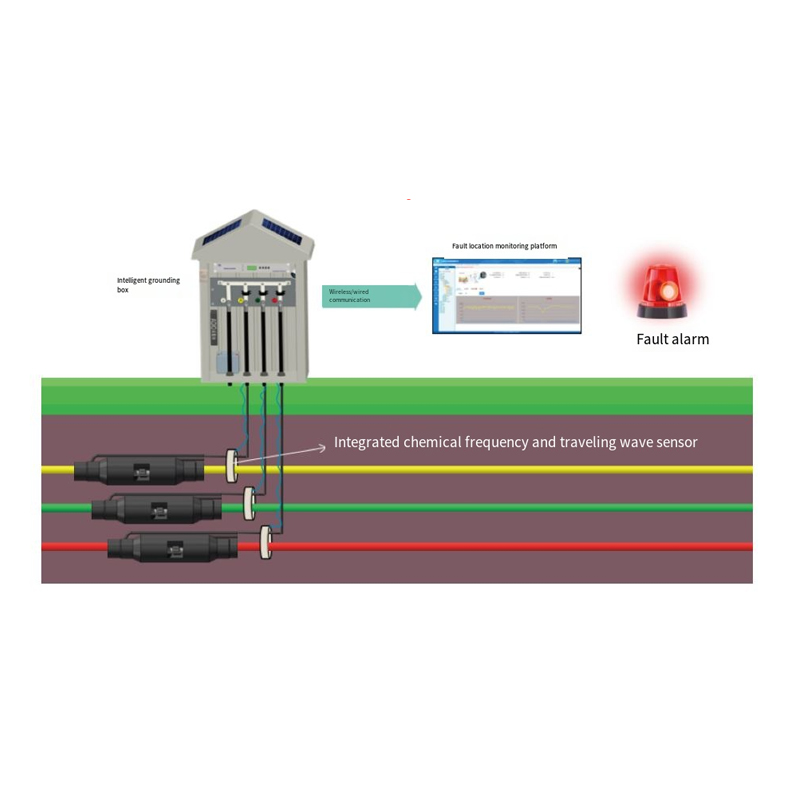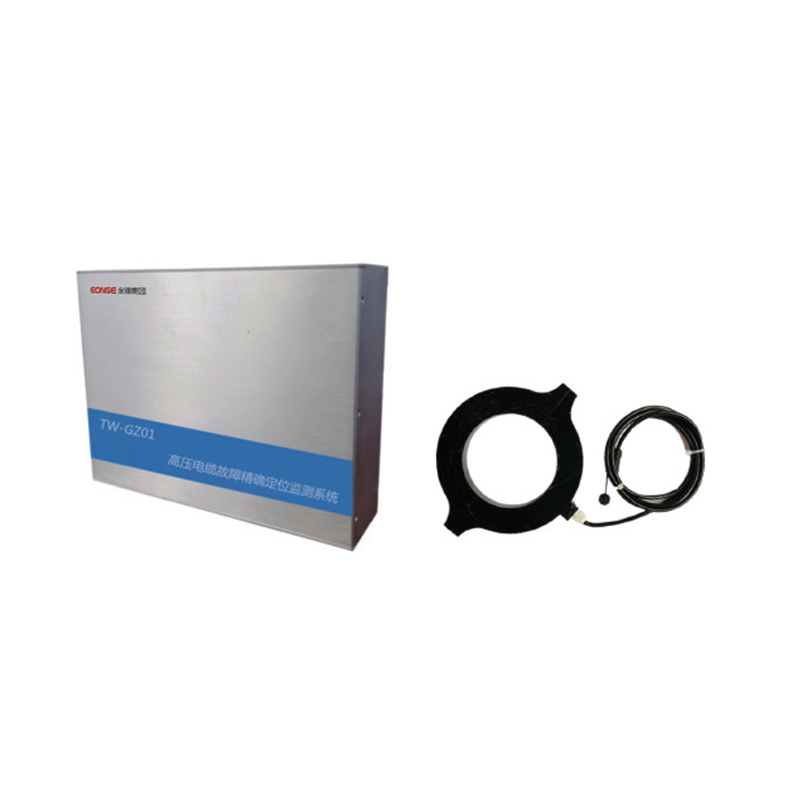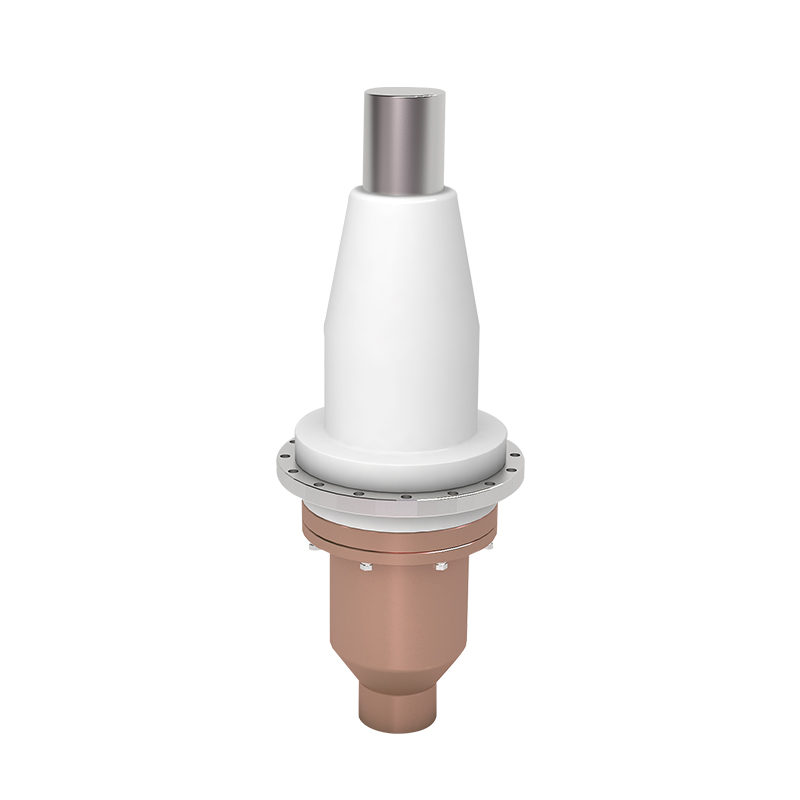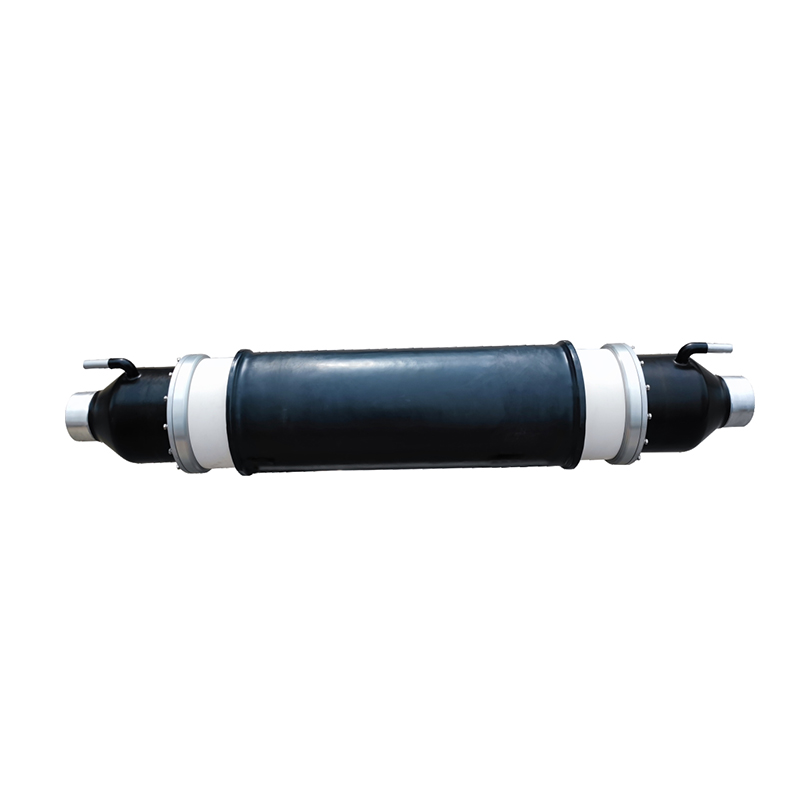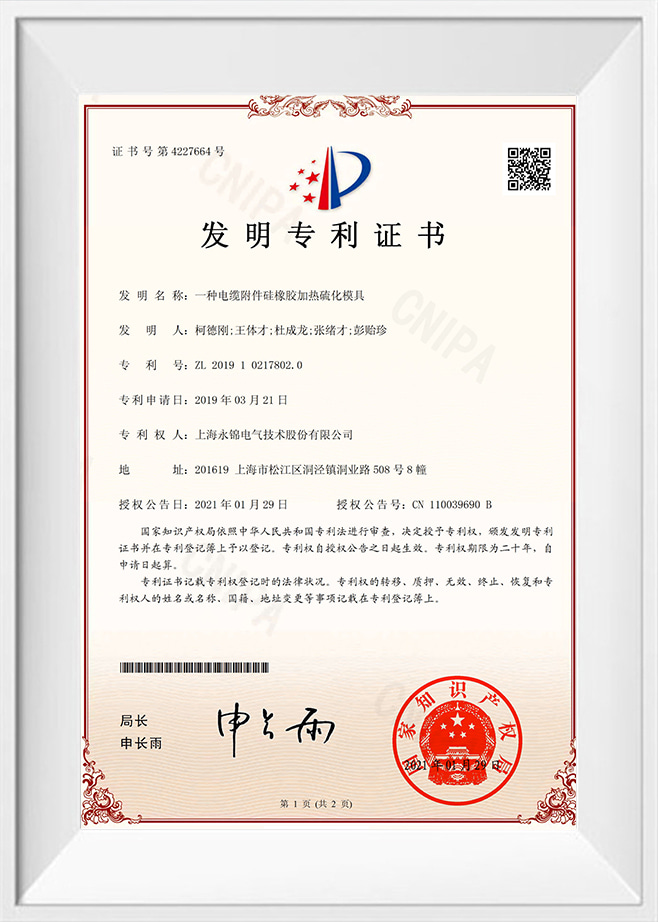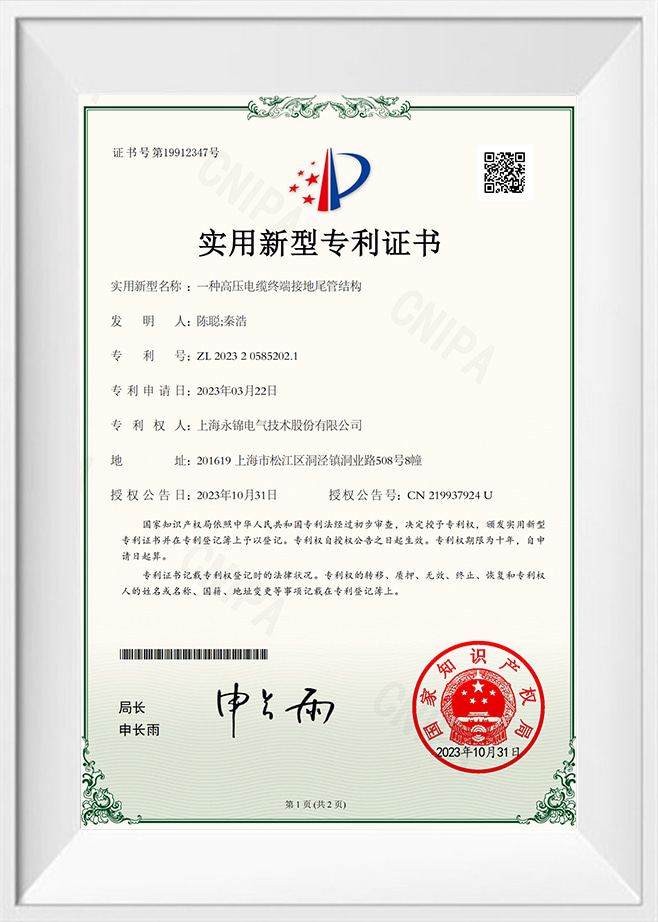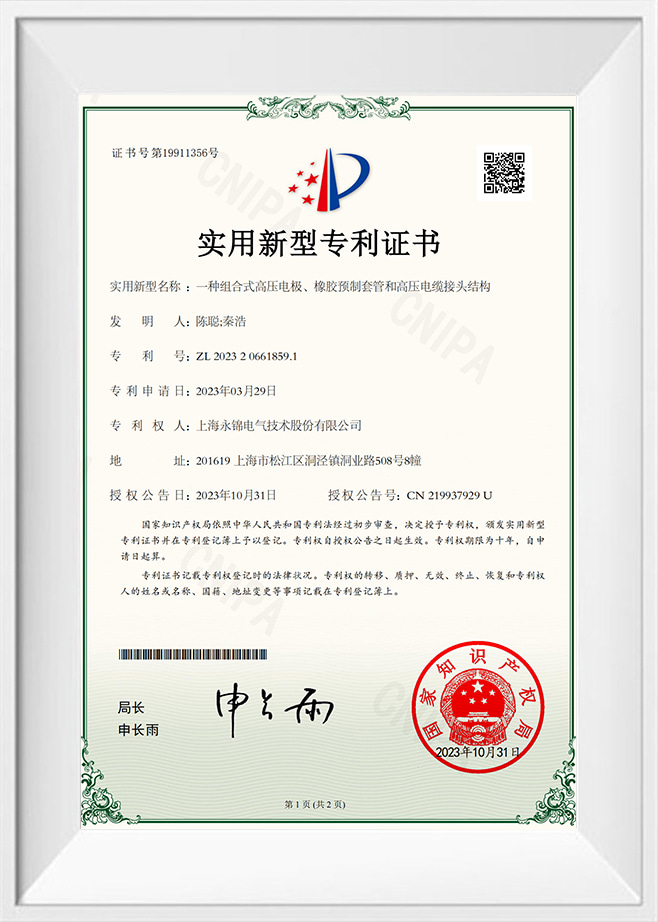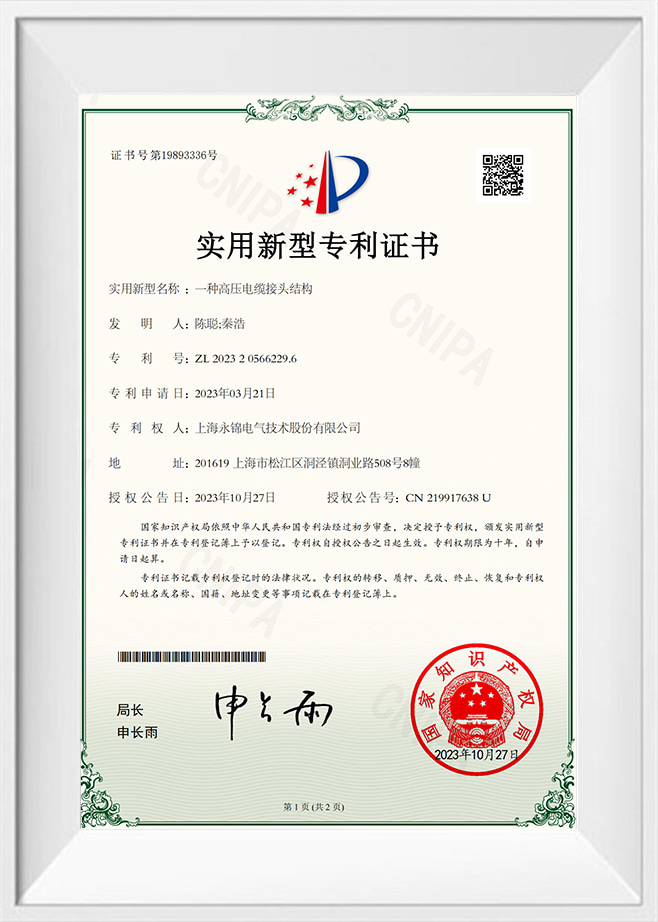Smart Cable Online Monitoring System
High Voltage Cable Fault Precise Location Early Warning System
Introduction
The High Voltage Cable Fault Precise Location Early Warning System is widely applied in the precise localization and fault identification of cable lines ranging from 35kV to 500kV voltage levels. The system, structured in a distributed manner, is based on advanced technologies such as simultaneous sampling of current, traveling wave, and partial discharge, Beidou high-precision and cable armor synchronous timing, high-precision crystal oscillator encryption algorithm, and precise calibration of signal phase error. It adopts the time difference measurement (double-end measurement) method and line correlation view for fault early warning, assisting cable maintenance personnel in early detection and automatic, rapid localization of cable faults.
System Functions
Intelligent Fault Early Warning
Utilizes power frequency current, traveling wave, and partial discharge simultaneous sampling to conduct comprehensive trend analysis of cable operation status, detecting defect signals in the early stage of faults.
Precise Fault Localization
Achieves precise localization of cable line faults, with a distributed interval positioning accuracy of ≥99% and fault localization error of ≤10m.
Fault Cause Identification
Based on fault traveling wave characteristics, distinguishes between high-resistance faults and low-resistance faults with an accuracy of ≥90%.
Technical Advantages
Precise Localization: Beidou high-precision timing, cable armor synchronous timing, and high-precision crystal oscillator encryption algorithm calibration. It avoids the impact of harsh weather on GPS timing, enhances timing reliability, and ensures the accuracy of fault localization.
Defect Judgment: Simultaneous sampling of power frequency current, traveling wave, and partial discharge enables early detection of cable defects and rapid, precise determination of defect locations.
Fault Early Warning: Adopts a line correlation view fault early warning mode, statistically analyzes TDR (Time Domain Reflectometry), identifies fault types, and issues early warnings.
Intelligent Algorithms: Utilizes time difference measurement (double-end measurement), distributed structure configuration, rapidly computes synchronized signals of adjacent equipment, calculates signal time differences, and precisely determines signal sources with an accuracy of 99%.
 English
English 中文简体
中文简体 русский
русский Español
Español عربى
عربى